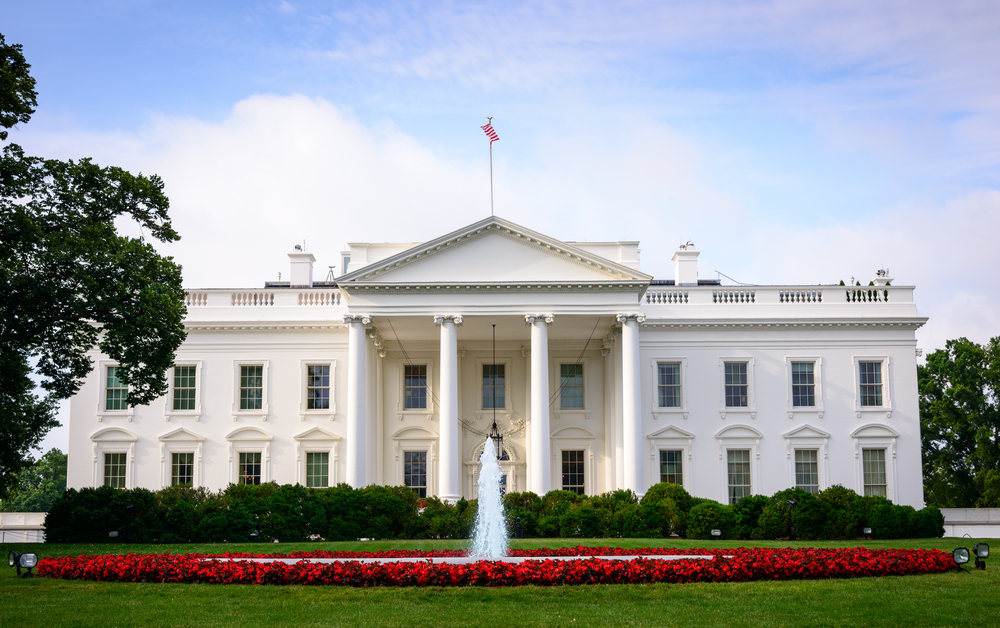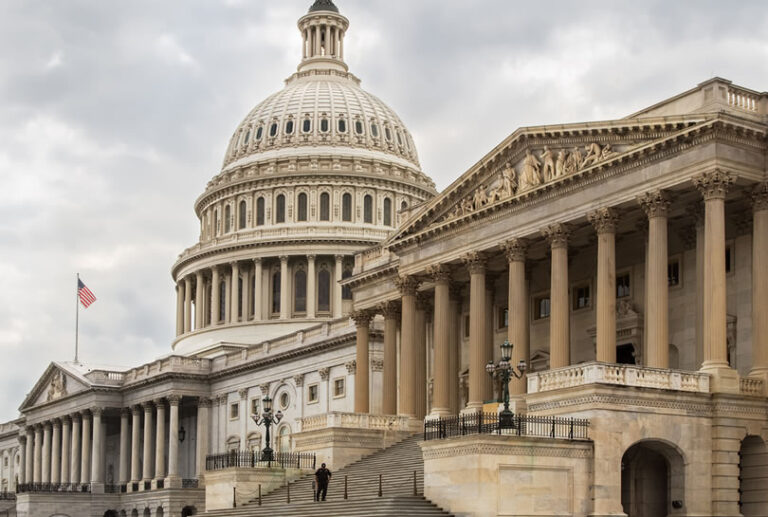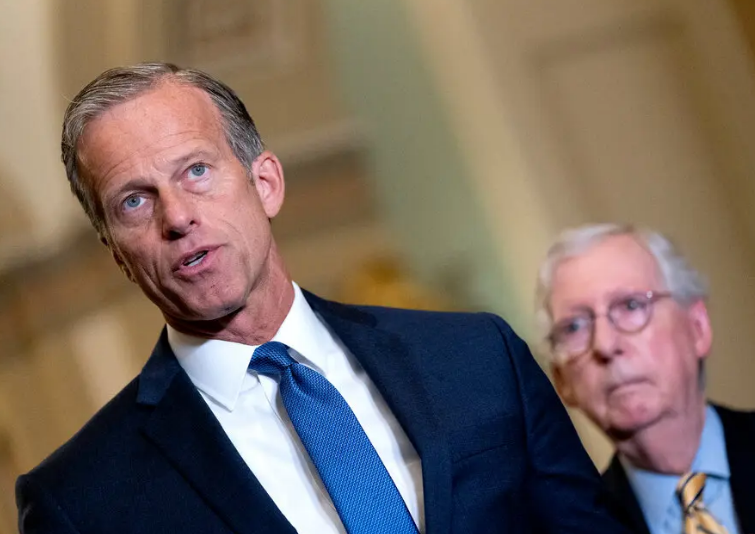Feb. 1, 2021 – President Joe Biden presented his current vision for the state of the nation’s healthcare during last week’s “Health Care Day,” one of several themed presentations his administration is holding to roll out key policies. Describing Executive Orders that he signed in the healthcare arena, Biden stated that the best way to characterize them are that they “undo the damage Trump has done,” which includes restoring the Affordable Care Act (ACA) and Medicaid “to the way it was.”
Biden “reaffirmed that he is likely to rely more on administrative action than legislation in expanding the ACA,” Coalition for Healthcare Communication Executive Director Jon Bigelow said in a Jan. 31 memo to industry leaders.
One of Biden’s actions was to open a special enrollment period – from Feb. 15 to May 15 – for people in the 36 states covered by the federal marketplace; many of the 14 states that have their own marketplace may do so as well. The purpose of this move is to help the roughly 3 million Americans who lost their employer-sponsored health plans when they lost their jobs during the COVID-19 pandemic, and to allow those without health insurance who qualify to obtain free ACA high-deductible plans or subsidized plans.
The new enrollment period will be supported by a substantial marketing campaign; the Biden administration also will provide assistance to those trying to understand their options on the health exchange.
“This harkens back to the ‘navigator’ program in the early ACA roll-out, which also was sharply curtailed by the Trump administration,” according to Bigelow. “A limiting factor here is the time it will take to build a trained team of navigators, and so there may not be a huge effect during this special enrollment period,” he stated.
Biden also said he will be working to restore the “skinny plans” – insurance that was exempt from ACA coverage mandates for pre-existing conditions, maternal care, mental health care and prescription drugs—to their original purpose as temporary plans lasting no longer than three months; the Trump administration had allowed these to be sold as three-year plans, thus effectively becoming long-term alternatives that drew some patients away from ACA plans. Further, Biden plans to roll back waivers the Trump administration granted to several states to allow those states to impose work or other requirements on Medicaid patients.
Two healthcare proposals promoted by Biden on the campaign trail but not addressed by the new Executive Orders were adding a public option to the ACA with lower costs, and extending eligibility for Medicare to those age 60 to 64. These initiatives would have to be accomplished through legislation, which would be difficult to move forward in the Senate.
In his memo to Coalition members, Bigelow also highlighted other pending healthcare concerns:
- 2 million Americans lacking health insurance live in states that opted not to expand Medicaid under the ACA, and they are not eligible for either subsidized ACA plans or Medicaid coverage;
- Of the 15 million uninsured Americans who are eligible to enroll in an ACA plan, about 6 million would not currently qualify for a subsidy, according to the Kaiser Family Foundation. Although Biden’s “American Rescue Plan” for COVID-19 relief would expand ACA subsidy eligibility, this legislation is facing opposition in Congress.
“For now, President Biden has wasted no time in taking the steps most immediately in his control,” Bigelow said.




